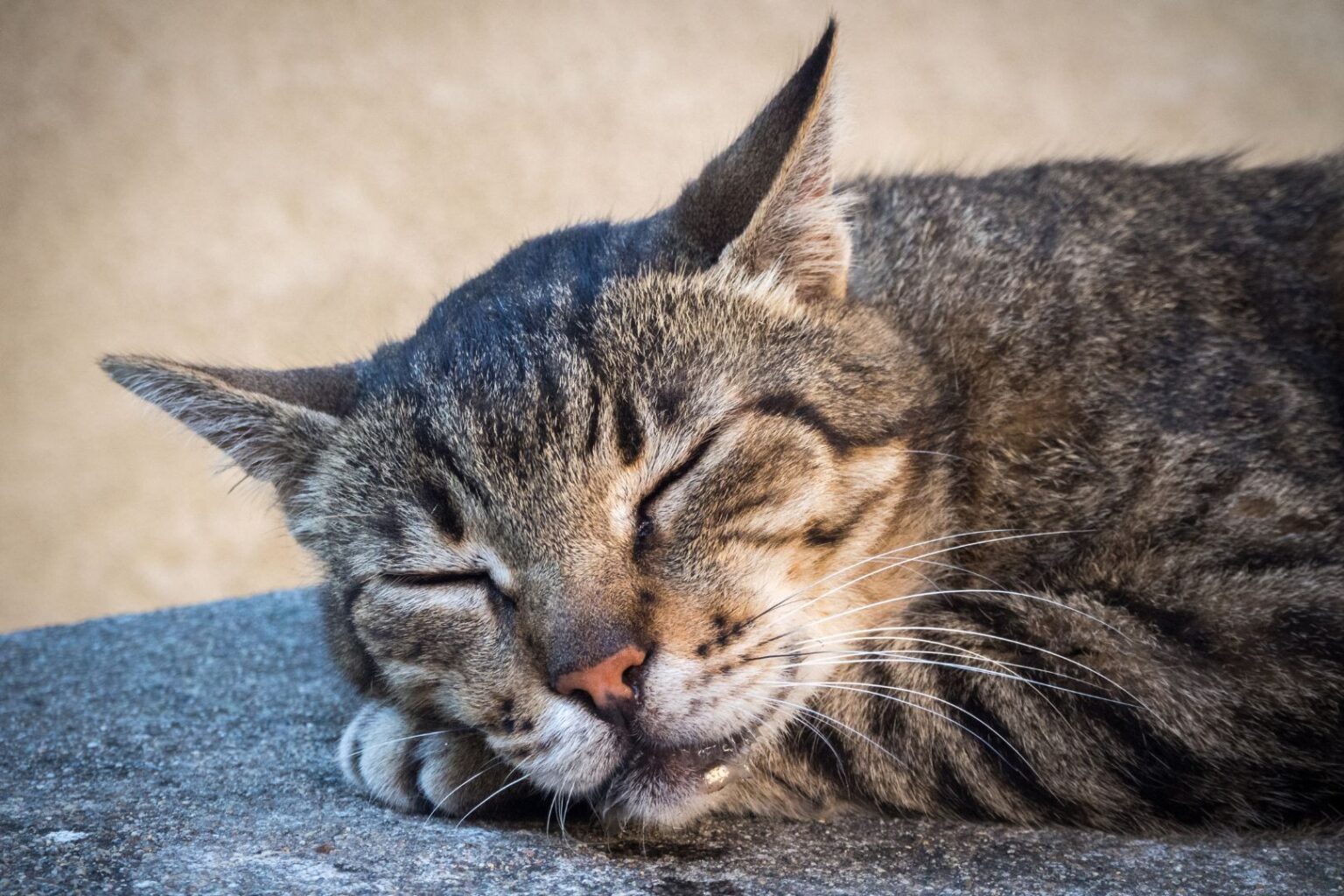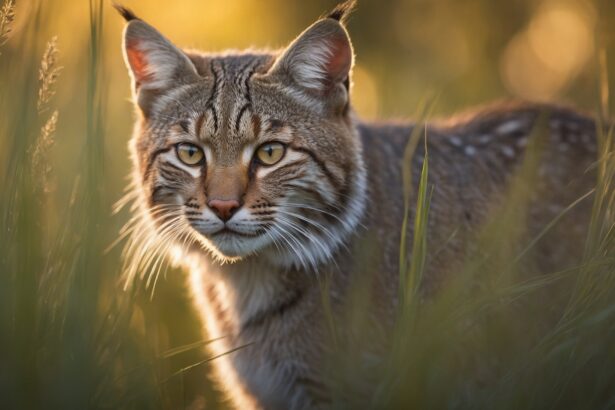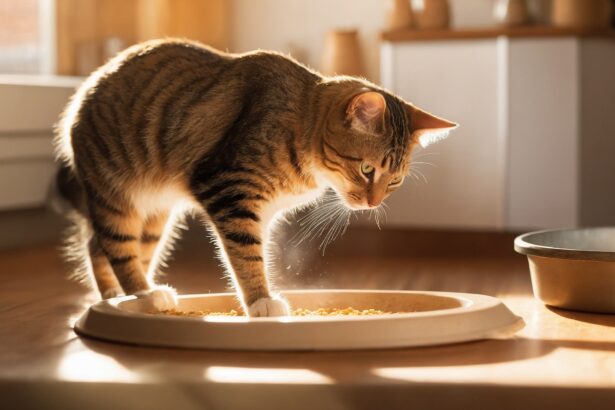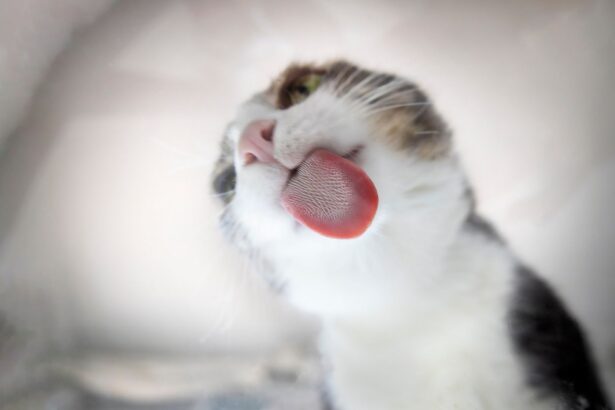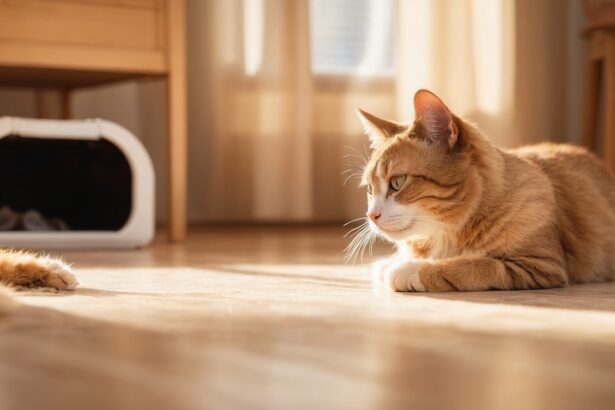Is your cat leaving little dribbles on your sweater? Don’t panic. Cats can drool for sweet, harmless reasons… or because something needs attention. Here’s how to tell the difference and exactly what to do.
Normal reasons your cat might drool
Some cats are “happy droolers.” When deep in bliss—purring, kneading, or napping—saliva can pool and slip out. It’s the grown-up echo of nursing, when kittens salivate while feeding.
- Pure relaxation: a warm lap, gentle chin rubs, and the faucet turns on.
- Anticipation of food: strong aromas can trigger mouth-watering.
- Catnip euphoria: the excitement and rubbing can make saliva flow a bit more.
Wondering why your cat goes wild for catnip? That giddy joy can come with a drooly sidekick—and it’s perfectly normal.
A surprising little fact
Some cats salivate when they knead because their brain still links that motion to nursing comfort. The combo is adorable and totally harmless.
When drooling signals a health issue
Outside of cuddle time, persistent drool can be a red flag. Watch for changes in appetite, behavior, or breath.
- Dental disease: gingivitis, broken teeth, mouth ulcers, or resorptive lesions are common culprits.
- Foreign body: a grass blade, string, or bone shard lodged in the mouth or throat.
- Nausea or motion sickness: GI upset can trigger drool even without vomiting.
- Toxins or irritants: cleaning products, essential oils, or toxic plants can burn or irritate the mouth.
- Respiratory infections: congestion and mouth-breathing may increase drool.
- Pain, heatstroke, or stress: each can change swallowing patterns and saliva flow.
Not sure how to read the signs? Learn to spot common cat diseases early—quick action can make all the difference.
What to do right now if your cat drools excessively
- Stay calm and observe. Is your cat eating, swallowing, or pawing at the mouth? Any foul breath or blood?
- Check the mouth only if your cat is relaxed. Look for string, thorns, broken teeth, or ulcers. Don’t reach blindly.
- Remove access to possible toxins. Clear away cleaners, essential oils, plants, and human meds.
- If you suspect something spicy or irritating was licked, you can gently offer a few sips of fresh water. Do not force-rinse the mouth.
- Note timing and triggers. Sudden drool with nausea is often linked to nausea and vomiting.
- Call your vet for advice—especially if drooling is new, heavy, or paired with lethargy, pain, or loss of appetite.
A common mistake to avoid
Never use human painkillers, oral gels, hydrogen peroxide, or essential oils on a drooling cat. They can be toxic or worsen mouth irritation. When in doubt, call your vet first.
An original, practical tip
Teach a quick “chin” cue: hold a treat, say “chin,” and gently rest your cat’s chin on your fingers for one second—treat and praise. In a week or two, you’ll have a calm way to peek at the mouth when you need to.
Prevention: keeping drool-causing problems at bay
- Dental routine: daily tooth brushing if possible, or several times a week. Schedule yearly dental checks.
- Safe home: store chemicals and meds away; avoid string toys without supervision.
- Plant check: remove or fence off toxic plants to prevent oral burns or poisoning.
- Stress care: provide hideouts, play sessions, and vertical territory to reduce anxiety.
- Comfort zone: a sturdy cat tree helps your feline feel secure and in control.
Food, water, and vibes
Offer high-quality food and fresh water bowls in calm spots. Small, frequent meals can help sensitive stomachs. A peaceful routine works wonders.
When to see the vet urgently
- Drool plus open-mouth breathing, collapse, or severe lethargy.
- String in the mouth or under the tongue—don’t pull it.
- Refusing food, weight loss, or obvious mouth pain.
- Exposure to toxins, caustic products, or toxic plants.
Trust your gut. You know your cat best—if something feels off, a quick call to the clinic is always wise.
Love and understand your cat
Drool can be a sweet sign of contentment or a helpful clue that your cat needs care. You’re doing great by paying attention. Keep notes, stay curious, and enjoy those purry cuddle sessions.
FAQ
Is it normal if my cat drools while purring?
Yes—many relaxed, kneading, purring cats drool a little. If your cat is otherwise happy and eating well, it’s usually harmless.
Why is my cat suddenly drooling and not eating?
Dental pain, a foreign body, nausea, or toxins could be to blame. This combo warrants a prompt vet check to find and fix the cause.
Can stress make a cat drool?
It can. Anxiety, car rides, or vet visits may trigger drool, especially in motion-sick cats. Calming routines and carriers can help.
How do I know if drooling is an emergency?
If drool comes with open-mouth breathing, weakness, toxin exposure, or visible string in the mouth, seek urgent veterinary care.


